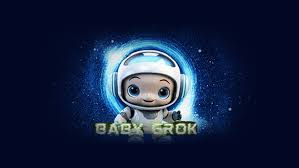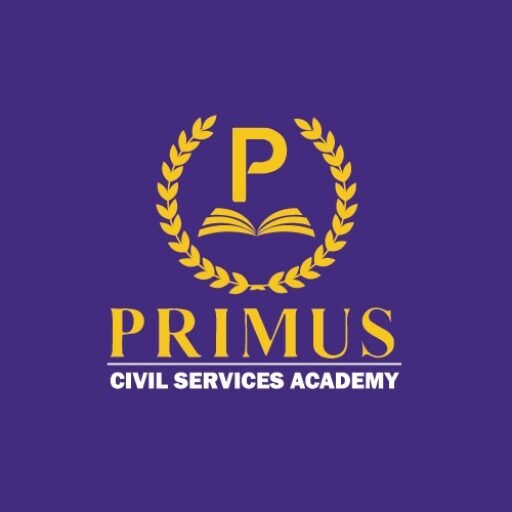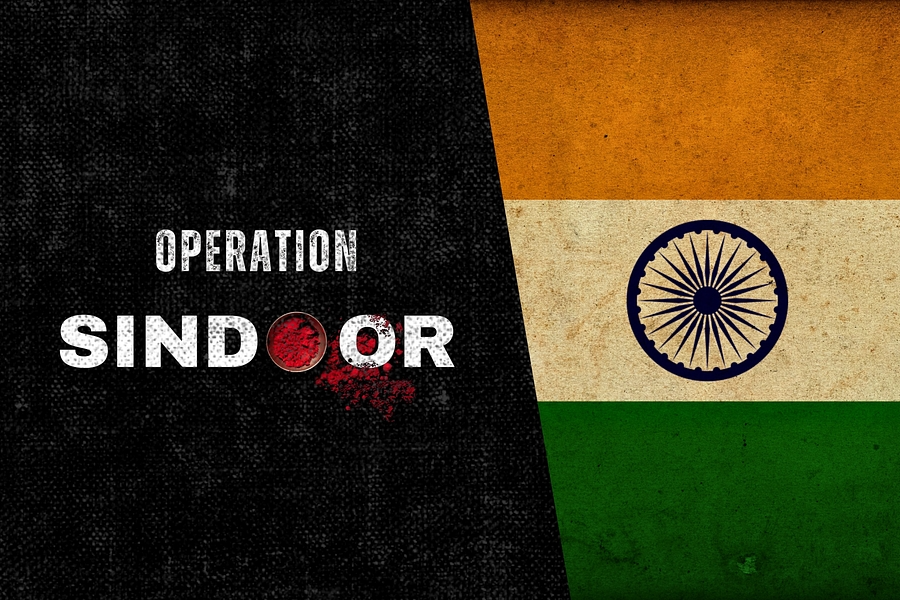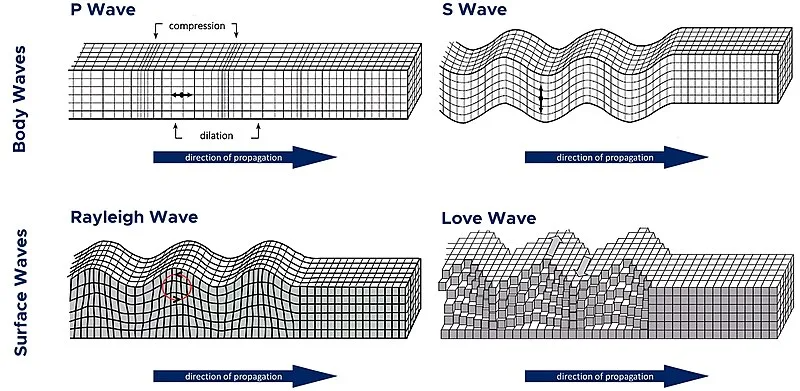July 21st Current Affairs
NIOS History Textbooks
NIOS History Textbooks NIOS History Secondary NIOS History Senior Secondary
NCERT Sociology Textbooks
NCERT Sociology Textbooks NCERT Sociology for Class-XI (Introducing Sociology) NCERT Sociology for Class-XI (Understanding Society) NCERT Sociology for Class-XII (Indian Society) NCERT Sociology for Class-XII (Social Change and Development In India)
NCERT Economy Textbooks
NCERT Economy Textbooks NCERT Economy for Class-IX (Economics) NCERT Economy for Class-X (Understanding Economic Development) NCERT Economy for Class-XI (Indian Economic Development) NCERT Economy for Class-XII (Introductory Microeconomics – Part-1) 08 Jul 2018 NCERT Economy for Class-XII (Introductory Macroeconomics – Part-2)
NCERT Polity Textbooks
NCERT Polity Textbooks NCERT Polity for Class-VI (Social Science – Social And Political Life – I) NCERT Polity for Class-VII (Social and Political Life) NCERT Polity for Class-VIII (Social Science – Social and Political Life-III) NCERT Polity for Class-IX (Social Science – Democratic Politics-I) NCERT Polity for Class-X (Social Science
NCERT Indian Art and Culture Textbooks
NCERT Art and Culture Textbooks NCERT Art and Culture for Class-XI (An Introduction to Indian Art – Part-1) NCERT Art and Culture for Class-XI (Living Craft Traditions of India) NCERT Art and Culture for Class-XII (Craft Traditions of India Past, 16 Present and Future)
NCERT Geography Textbooks
NCERT Geography Textbooks NCERT Geography for Class-VI (Social Science – The Earth Our Habitat) NCERT Geography for Class-VII (Social Science – Our Environment) NCERT Geography for Class-VIII (Social Science – Resources and Development) NCERT Geography for Class-IX (Social Science – Contemporary India-I) NCERT Geography for Class-X (Social Science – Contemporary
‘Baby Grok’, Child-friendly AI app

Why in News?
Elon Musk’s AI company xAI has announced Baby Grok, a simplified version of the existing Grok chatbot, customized to deliver kid-safe, educational content. The announcement comes after considerable backlash against Grok’s mature and controversial content—including antisemitic comments and risqué avatars—underscoring the pressing need for a safer version tailored for children.
Context
- Grok, launched in November 2023 and updated to Grok 4 in July 2025, competes directly with ChatGPT and Google Gemini.
- The original Grok faced intense criticism for generating extremist ideology and adult-themed avatars like Ani and Valentine.
- Musk framed Baby Grok as a corrective pivot to address these safety concerns, offering parents a tool free from mature or hateful content
Technology behind This
- Built on the existing Grok architecture, Baby Grok likely incorporates enhanced content filtering, parental controls, and curricula-oriented training datasets.
- It may utilize tightened system prompts and alignment tuning, a method commonly used to steer LLM outputs—ensuring content remains age-appropriate.
- As part of the same platform that produced Grok 4, Baby Grok may inherit features such as real-time search and reasoning abilities, but in a simplified, child-centric interface.
Implications
- Digital safety: Addresses fears about exposing children to harmful or extremist content via unrestricted AI.
- Educational potential: Offers interactive storytelling, customized learning, and engagement—if aligned well with pedagogical norms
- Brand restoration: Helps xAI regain trust post-Grok controversies and appeals to a broader demographic concerned about kids’ AI usage
Benefits for the World
- Global model for regulated AI in education: Potentially informs policy on age-based digital content moderation.
- Facilitates healthier AI consumption among children, safeguarding mental health and countering emotional manipulation risks
- Spurs competition: Could push other AI developers to introduce kid-safe modes or specialized educational tools.
Way Forward
- Regulatory scrutiny: Experts and bodies (e.g., eSafety Commissioner Australia) urge rigorous safety assessments and psychological review frameworks
- Transparency & audit: Need for public discourse on data sources, alignment methods, bias controls, and parental control specifics.
- Collaborations: Partnering with educators, psychologists, and child development experts to co-design content.
- Global adoption & guidelines: May shape future policies around age-rated AI, guiding governments on safe AI usage for minors.
Conclusion
Baby Grok represents a strategic and socially responsive pivot by xAI—turning a moment of controversy into an opportunity to innovate responsibly in children’s AI. If designed with robust safeguards, educational value, and expert oversight, it could set a new standard for safe, educational AI companions. Watchfulness from regulators, parents, and educators will be essential to ensure it remains a trustworthy ally for young users.
Prelims MCQ
Q. With reference to recent developments in Artificial Intelligence (AI), consider the following statements:
- The Bletchley Declaration is a global agreement focused on the safe and responsible development of frontier AI technologies.
- Grok and ChatGPT are examples of generative AI models developed by OpenAI and xAI respectively.
- Baby Grok is a regulatory framework released by UNESCO to guide AI integration in early childhood education.
Which of the statements given above is/are correct?
A. 1 and 2 only
B. 2 and 3 only
C. 1 and 3 only
D. 1, 2 and 3
Answer: A. 1 and 2 only
Explanation:
- Statement 1 is correct: The Bletchley Declaration, signed at the AI Safety Summit 2023 in the UK, emphasizes international cooperation to ensure the safe and responsible development of frontier AI systems.
- Statement 2 is correct: ChatGPT is developed by OpenAI, while Grok (and its child-friendly version Baby Grok) is developed by Elon Musk’s AI company xAI. Both are examples of generative AI chatbots.
- Statement 3 is incorrect: Baby Grok is not a regulatory framework by UNESCO; it is a child-friendly AI chatbot app announced by xAI, intended to provide educational and age-appropriate content.
Mains Question
Q. Discuss the potential and challenges of using AI-powered chatbots like ChatGPT and Baby Grok in education, especially for children. Suggest safeguards for responsible deployment. (10 marks, 250 words)




